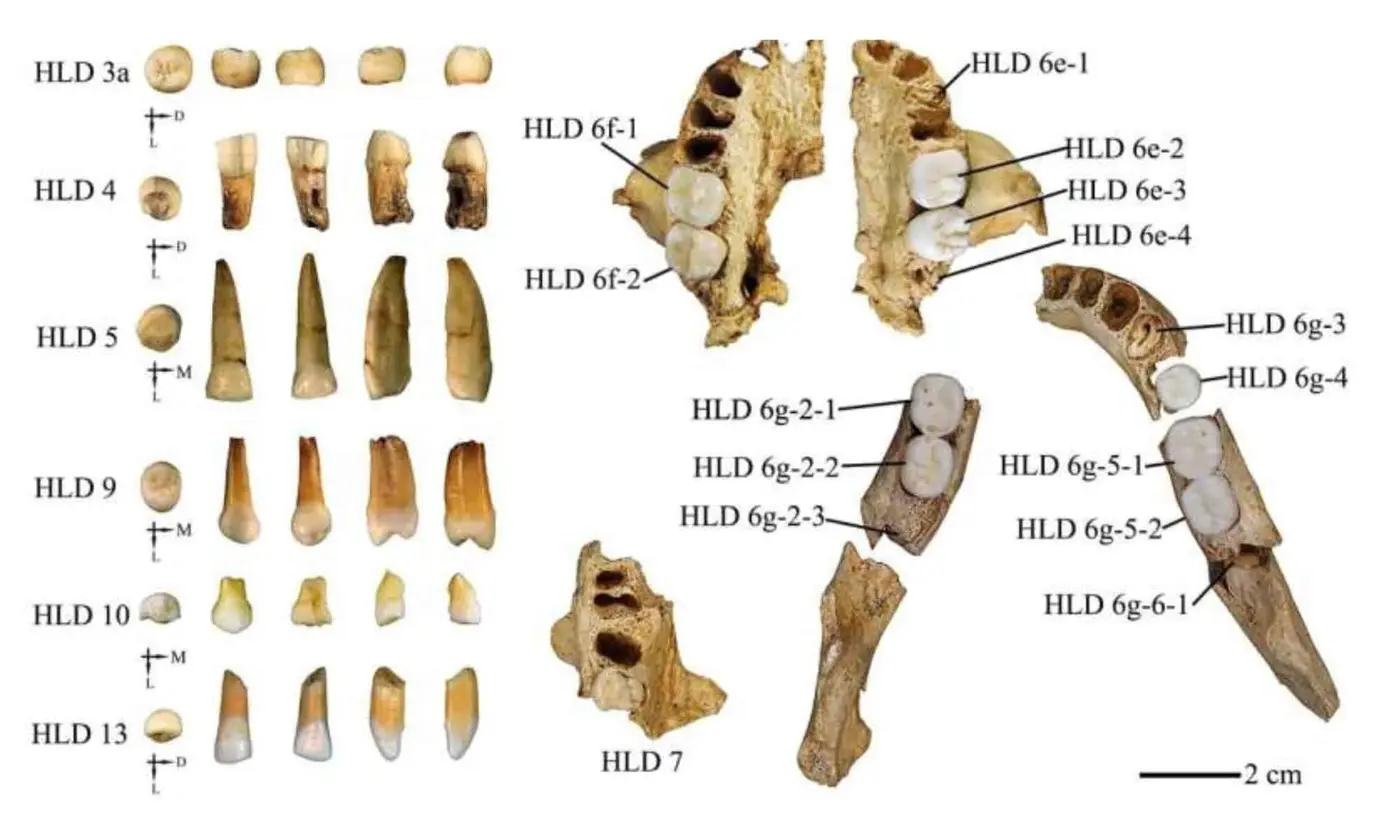T4K3.news
New fossils show multiple hominin species in East Africa
A 2.65 million-year-old Australopithecus and 2.59 million-year-old Homo teeth were found in Ethiopia, suggesting a diverse early human ecosystem.
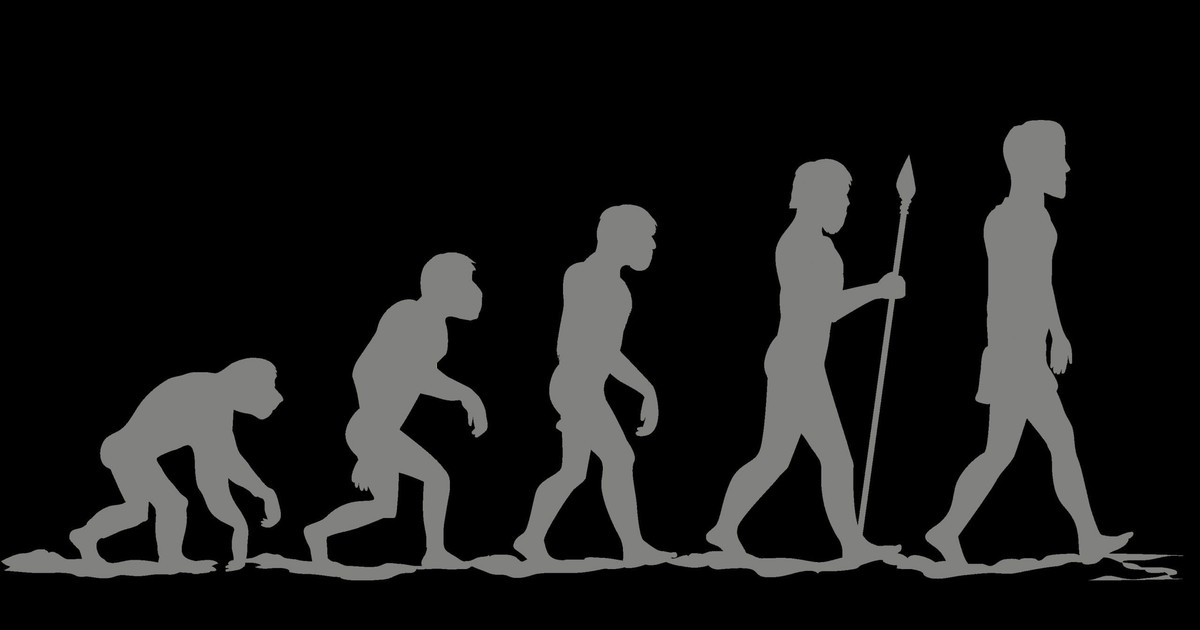
Researchers in Ethiopia report a fossil discovery that suggests multiple hominin species lived in East Africa around 2.6 million years ago.
A human species unknown to scientists has been discovered in East Africa’s oldest country
Archaeologists in the Afar Region at Ledi-Geraru, Ethiopia, unearthed ten teeth from two individuals dating to about 2.65 million years ago. The collection includes six molars, two incisors, one premolar and one canine and is classified as a new Australopithecus species, expanding the genus to seven known African species. In the same site, three more teeth dated to about 2.59 million years ago belong to the oldest known Homo in the region, a lineage linked to a jawbone found nearby in 2013. Dating relied on argon dating of feldspar crystals in volcanic ash layers.
The age and placement of the fossils suggest a surprising overlap: several hominin species lived in East Africa at the same time, including another Australopithecus and a Paranthropus species specialized for heavy chewing. Lead author Brian Villmoare notes that this finding supports a branching model of evolution rather than a single, linear progression. The team plans to analyze the teeth to infer diet and potential interactions between Australopithecus and Homo as part of a broader effort to map early human ecosystems.
Key Takeaways
"This reinforces the idea that the story of human evolution is not of a single lineage changing slowly through time."
Statement by lead author Brian Villmoare on the broader interpretation of the finds
"Rather, the pattern of human evolution is similar to that of other organisms, repeatedly branching into multiple species throughout the fossil record."
Villmoare explaining the evolutionary model suggested by the results
"We are currently analyzing teeth to see if they ate the same thing."
Kaye Reed describing ongoing diet analysis
"The discovery shows East Africa hosted multiple hominin species at the same time."
Summary of the main finding from the site
The discovery challenges the long-running image of human evolution as a straight line. It reinforces a broader pattern seen across life: multiple related species can coexist in the same landscape. In East Africa 2.6 million years ago, several hominin communities may have competed for resources, shaped by climate and terrain. Yet the evidence is still limited to teeth and dating; researchers stress that more fossils are needed to confirm the extent of interaction among species.
If replicated, the find could reshape how we teach deep history, moving away from a single thread to a web of lineages that overlapped in space and time. It also highlights Africa as a hotspot of early human diversity and invites new questions about migration, diet, and social behavior.
Highlights
- Evolution is a branching map not a straight line.
- East Africa 2.6 million years ago housed more species than we thought.
- Teeth can reveal who ate with whom.
- The fossil record keeps surprising us about our past.
The story of our past may be broader and messier than we imagined.
Enjoyed this? Let your friends know!
Related News
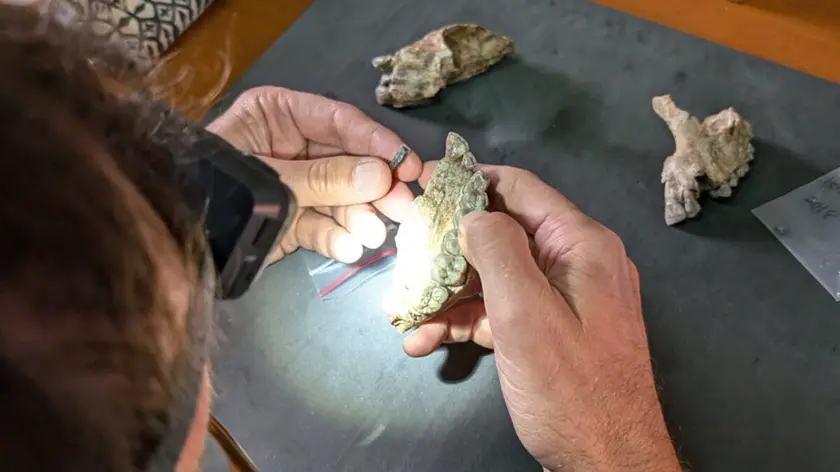
Unknown Humanlike Relative Found in Ethiopian Fossils
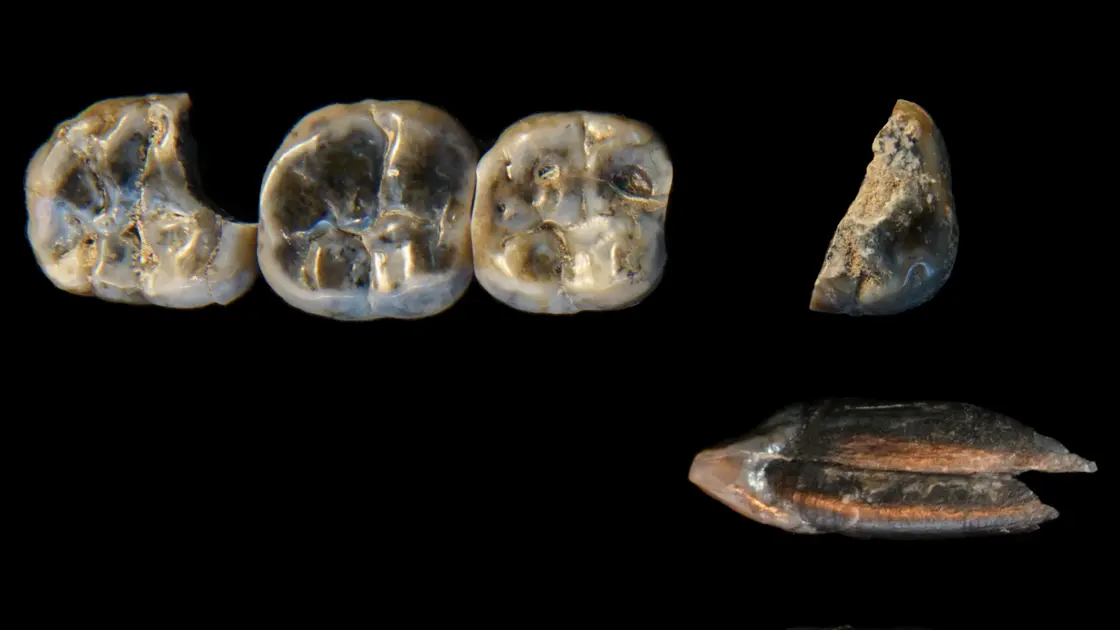
Two hominin lineages coexisted in Ethiopia 2.6 million years ago
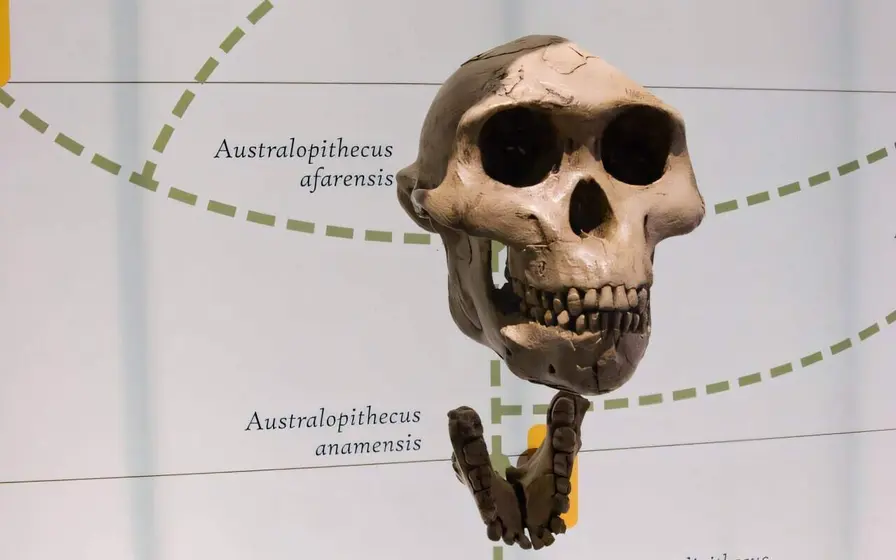
Study Reveals Size Gaps in Ancient Human Ancestors
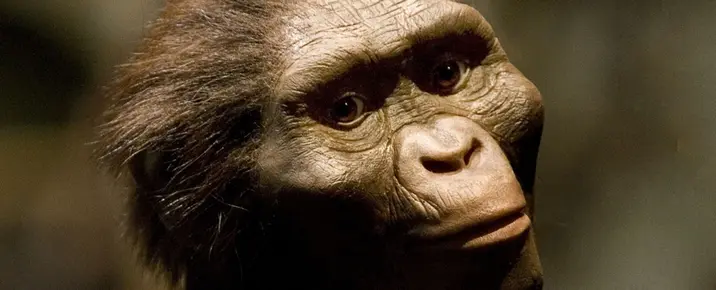
Ancient teeth reveal hominin overlap in Ethiopia

New Theory Rewrites Human Evolution History
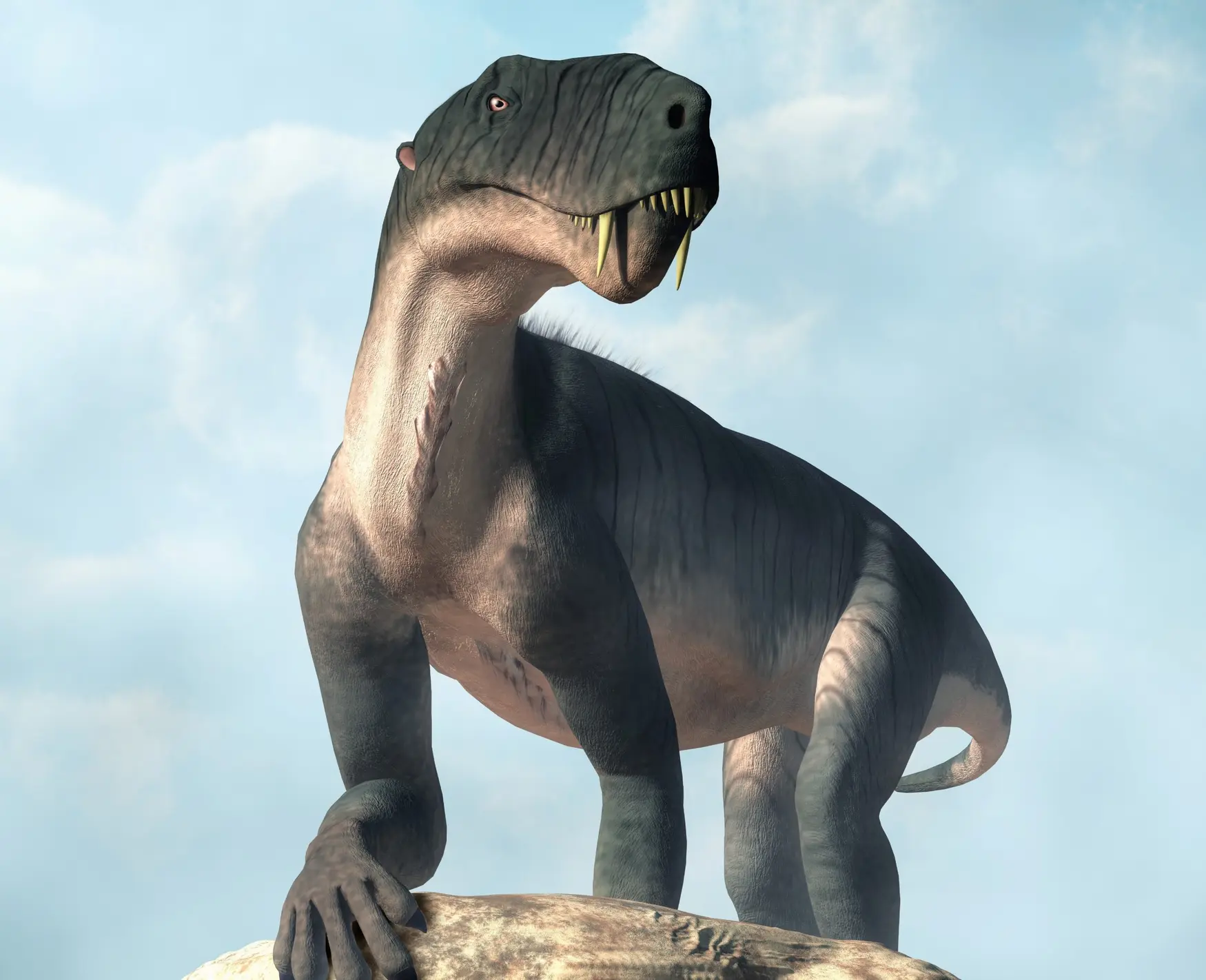
Fossil finds show thriving Permian life before extinction

Proteins Extend the Human Evolution Narrative Beyond DNA
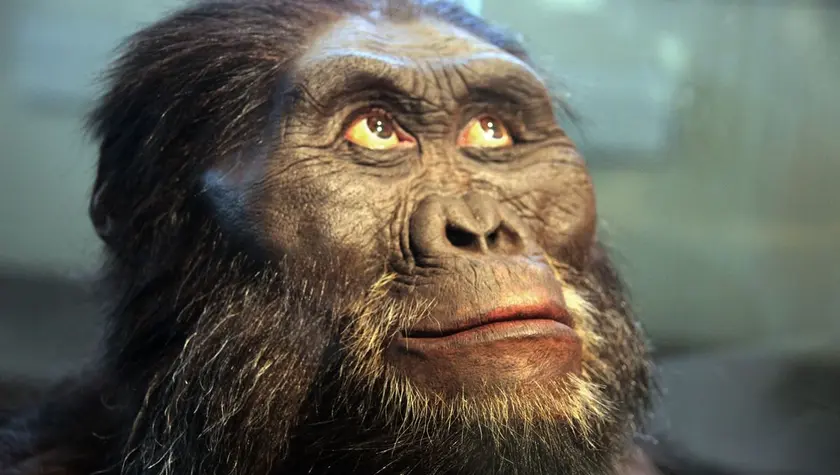
Ancient Australopithecus Lived Beside Early Homo 2.6 Million Years Ago
